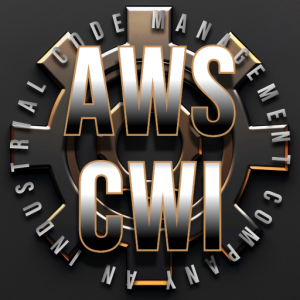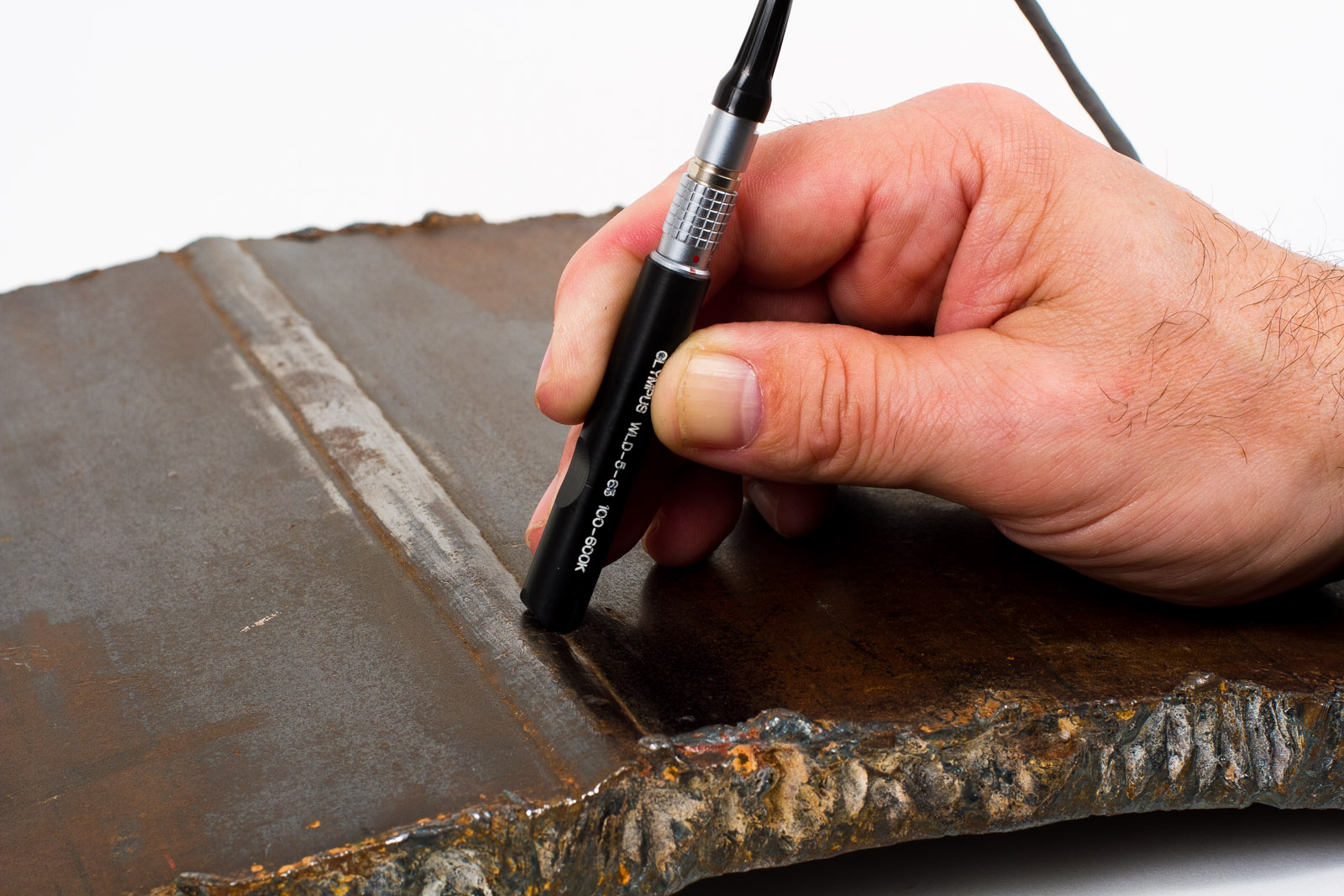A Comprehensive Overview to Welding Examination: Recognizing Requirements, Techniques, and Ideal Practices for Quality Control
Welding inspection plays a critical role in ensuring the structural honesty and safety and security of bonded elements, requiring a complete understanding of sector requirements such as those established by AWS and ASME. Various inspection strategies, consisting of ultrasonic and visual screening, are used to find prospective defects that can endanger high quality. Implementing ideal methods can significantly boost operational reliability and foster depend on among customers. As we check out these critical components, it ends up being noticeable that the ramifications of welding inspection expand far past compliance, welcoming a closer assessment of how these procedures shape market standards and methods.
Value of Welding Inspection
Welding evaluation plays a critical role in guaranteeing the stability and safety and security of bonded structures. It is a vital procedure that validates that welds satisfy predefined specifications, which is crucial in numerous sectors, including building, automobile, and aerospace. By carrying out complete examinations, possible defects such as cracks, incomplete fusion, and porosity can be identified early, preventing devastating failures that could lead to accidents or costly repairs.
The significance of welding evaluation extends beyond plain conformity with laws; it additionally cultivates trust fund with stakeholders. Customers and regulative bodies expect assurance that the structures they rely upon are constructed to hold up against functional anxieties. Additionally, effective welding inspection practices add to long-lasting toughness and efficiency of the structures, inevitably causing minimized upkeep expenses.
Additionally, welding examination advertises a culture of top quality within organizations, urging adherence to finest practices and continual enhancement. By incorporating assessment processes right into the welding workflow, firms can enhance their online reputation and establish themselves as leaders in quality control. To conclude, the relevance of welding inspection exists in its ability to secure lives, guarantee architectural reliability, and maintain industry requirements, making it an important facet of welding operations.
Trick Industry Specifications
Ensuring compliance with vital sector standards is crucial for keeping the quality and security of bonded structures. Different companies develop these standards to promote ideal techniques in welding and evaluation - Welding Inspection Gilbert Arizona. Amongst one of the most recognized are the American Welding Society (AWS) and the American Society of Mechanical Designers (ASME), which give detailed guidelines and specs for welding procedures and examination criteria
AWS standards, such as AWS D1.1 for structural welding, rundown needs for products, design, and testing to guarantee the stability of welds. ASME codes, consisting of ASME Section IX, regulate the credentials of welders and welding procedures, making sure regular top quality in industrial applications. Globally, the ISO 3834 common stresses top quality needs for blend welding, supplying a structure for organizations to demonstrate compliance with global best techniques.
Conformity with these criteria not just enhances the integrity of bonded frameworks however likewise reduces risks associated with architectural failings. Moreover, adherence to market requirements is frequently a prerequisite for governing authorizations and can dramatically influence project specifications. Inevitably, understanding and applying these essential standards are crucial for efficient welding evaluation and quality control.
Inspection Techniques Review
Efficient welding inspection counts on a range of strategies created to assess the high quality and stability of welds. These methods can be generally categorized into non-destructive and damaging screening (NDT) methods. Non-destructive testing methods, which are widely liked in the industry, enable the evaluation of welds without jeopardizing the integrity of the material.

Among the most typically made use of NDT methods are visual inspection, ultrasonic screening, radiographic screening, and magnetic particle testing. Visual examination is usually the very first step in the evaluation procedure, making it possible for assessors to determine surface area imperfections and analyze weld bead accounts.
Each method has its own benefits and constraints, making it vital for examiners to pop over to this web-site pick the most proper technique based upon the certain requirements of the job, the products involved, and the criticality of the welds being inspected. This careful option maintains and ensures extensive assessments security and quality standards in welding procedures.
Typical Problems and Their Ramifications
An extensive understanding of typical flaws in welds is essential for maintaining architectural honesty and security in welded building and constructions. Welding defects can substantially endanger the mechanical properties of the joint, causing failures that could jeopardize both personnel and devices.
Common problems consist of porosity, which manifests as tiny gas pockets trapped in the weld steel, deteriorating the total framework. Splitting is one more prevalent issue, frequently arising from rapid air conditioning or improper joint style, causing anxiety concentrations that can cause devastating failings. Insufficient blend takes place when the weld steel stops working to correctly bond with the base material, producing weak factors that might result in splitting up under load.
Other noteworthy problems include damaging, where the weld grain erodes the base metal, and slag additions, which can prevent the weld's stamina. Each of these defects has particular implications; for example, porosity can reduce ductility, while breaking straight affects tensile stamina. Determining and comprehending these flaws during inspection is necessary for guaranteeing and implementing rehabilitative actions compliance with sector standards, inevitably securing the structural integrity of bonded settings up.
Best Practices for High Quality Guarantee
Applying finest methods for quality guarantee in welding procedures is vital for attaining optimal outcomes and reducing issues. One crucial method is the establishment of clear welding procedures that abide by sector standards and specifications. These treatments need to consist of detailed instructions concerning product choice, joint preparation, and welding methods to ensure uniformity and top quality.
Routine training and qualification of welding employees are also essential. Proficient welders that understand the value of quality control are more likely to produce sound welds. In addition, carrying out a robust inspection program, including both visual and non-destructive screening (NDT), can aid identify problems early at the same time, enabling prompt restorative actions.

Lastly, cultivating a society of high quality within the organization motivates employees to focus on top quality in their work. By sticking to these finest practices, companies can boost the integrity of their welding procedures, ultimately leading to improved product quality and decreased costs associated with rework and repair work.

Final Thought
In final thought, welding assessment plays an essential duty in making certain the honesty and safety and security of bonded frameworks. Adherence to crucial market requirements, such as those established by AWS and ASME, is important for effective quality guarantee. Using different assessment methods allows for the identification of usual issues, consequently alleviating prospective risks. By implementing ideal methods, organizations can enhance integrity, lessen maintenance costs, and cultivate trust fund among clients, inevitably adding to successful welding procedures - Welding Inspection Gilbert Arizona.
Furthermore, welding inspection promotes a society of quality within organizations, urging adherence to best methods and continual improvement. In final thought, the value of welding inspection lies in its capacity to safeguard lives, guarantee architectural integrity, and support market criteria, making it an essential element of welding procedures.
Amongst the most recognized are the American Welding Society (AWS) and the American Society of Mechanical Designers (ASME), which why not try these out give detailed guidelines and specs for welding processes and assessment requirements.
Ultimately, understanding and carrying out these crucial requirements are crucial pop over to these guys for reliable welding assessment and quality assurance.
Effective welding examination counts on a range of methods designed to analyze the high quality and integrity of welds.